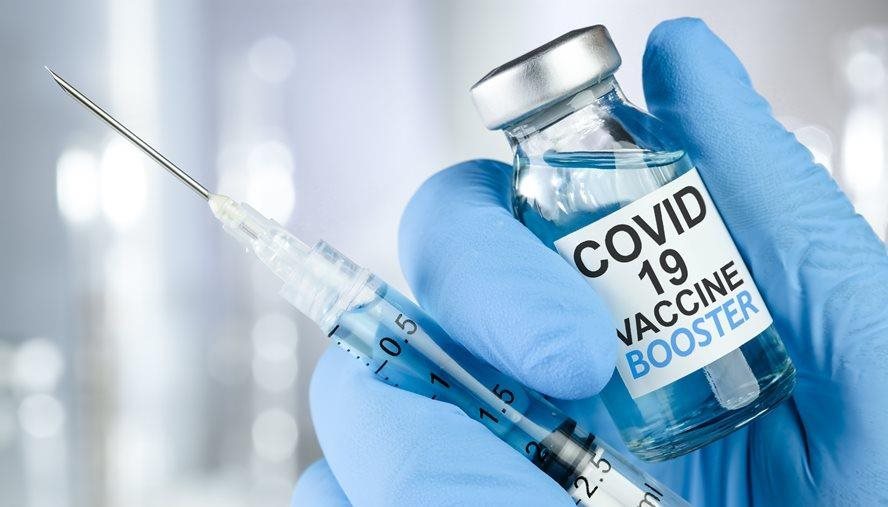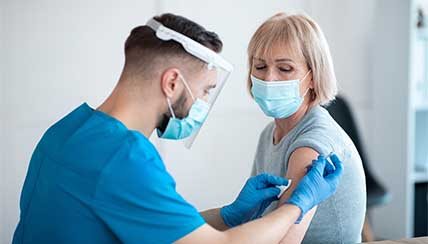Reviewed by Carrie A. Horn, MD, Charles L. Daley, MD, Shannon H. Kasperbauer, MD
Coronavirus (COVID-19): Symptoms
Most coronaviruses, such as the common cold, are not dangerous.
 Coronaviruses mainly cause an infection in the nose, sinuses or upper throat, but can lead to pneumonia and bronchitis. People who have diabetes, heart and/or lung diseases, immune deficiency, or infants and older adults have a higher risk of being affected by a coronavirus.
Coronaviruses mainly cause an infection in the nose, sinuses or upper throat, but can lead to pneumonia and bronchitis. People who have diabetes, heart and/or lung diseases, immune deficiency, or infants and older adults have a higher risk of being affected by a coronavirus.
A new coronavirus that has never been seen before called COVID-19 virus, causes the disease called Coronavirus Disease 2019 (COVID-19). COVID-19 can be mild to severe, with symptoms taking from 2 to 14 days to appear after exposure. Some individuals infected with the virus may never develop symptoms at all but still be able to spread the virus to others. Older people and those with underlying medical problems such as high blood pressure, heart problems, diabetes, or immunosuppression (including from medications) are more likely to develop serious illness. Very few adults younger than 60 have died from the virus but they may still develop severe infection with possibly permanent injury to the lungs even following recovery. About 80 percent of people who acquire the virus recover with just home treatment to manage their symptoms.
As you are monitoring yourself and family members for symptoms, it’s helpful to know what is a normal temperature for you. Take your temperature morning and night and keep measurements in a log. A fever can be a sign of other infections or non-infectious conditions, not just COVID-19.
For COVID-19, a fever is considered 100.0 degrees Fahrenheit or above for most people, and 99.6 degrees Fahrenheit and above for anyone 65 years and older or people who are immunosuppressed.
Watch for the COVID-19 virus symptoms listed below and contact your doctor if you have a fever, cough, shortness of breath, sore throat, persistent nausea, vomiting and diarrhea (a common COVID-19 symptom for kids).
Symptoms that Require Immediate Medical Attention
- Trouble breathing
- Persistent chest pain or pressure
- New confusion
- Inability to wake or stay awake
- Bluish lips or face
COVID-19 Overview | COVID-19 Causes | COVID-19 Prevention | COVID-19 Diagnosis | COVID-19 Treatment
Mild Symptoms
These symptoms begin gradually:
- Fever
- Cough
- Shortness of Breath
- Aches and pains
- Conjunctivitis (rare)
- Diarrhea
- Headache
- Nasal congestion
- Runny nose
- Sore throat
- Tiredness
- Chills
- Repeated shaking with chills
- New loss of taste or smell
- Nausea or vomiting
Severe Signs and Symptoms
These symptoms generally occur several days into the illness:
- Significant shortness of breath
- Low oxygen levels
- Abnormal blood tests
- Kidney failure
- Liver failure
- Pneumonia
- Hospitalization
If you have a chronic health condition such as diabetes, heart disease, COPD or other respiratory disease, seek medical care early, when mild symptoms first appear. If you have a fever, dry cough and difficulty breathing, seek medical attention immediately.
| The information on our website is medically reviewed and accurate at the time of publication. Due to the changing nature of the COVID-19 pandemic, information may have since changed. CDC.gov and your state’s health department may offer additional guidance. |


